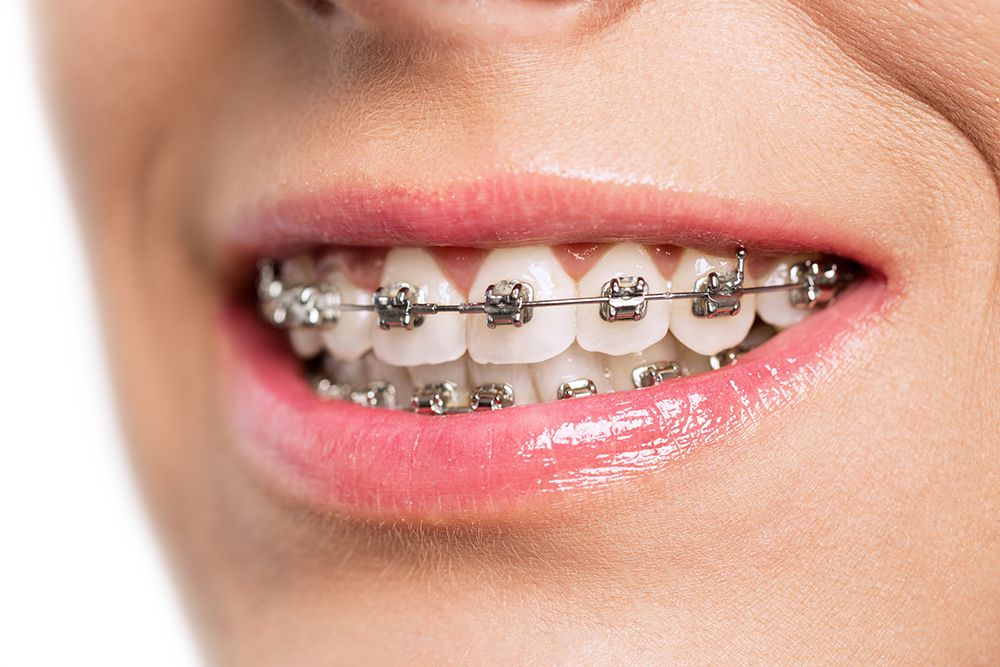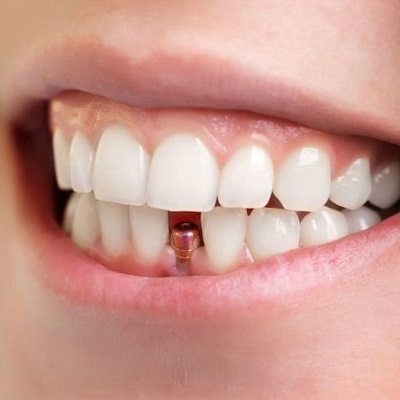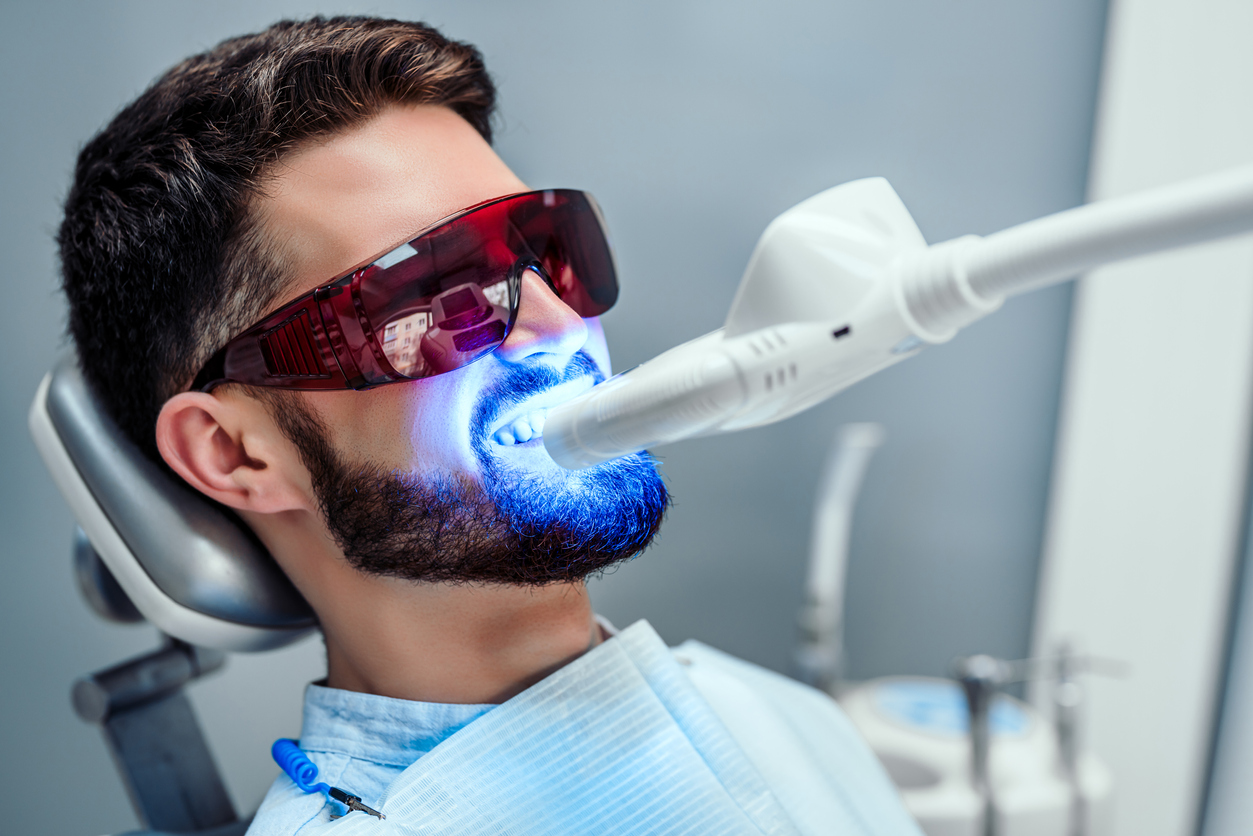The Role of X-Rays in Your Braces Journey

Strong 8k brings an ultra-HD IPTV experience to your living room and your pocket.
When considering orthodontic treatment, such as dental braces, many patients are unfamiliar with the pivotal role that X-rays play in creating a personalized treatment plan. X-rays provide your orthodontist with essential information about your oral health, jaw alignment, and potential underlying issues that could affect the success of braces. In Dubai, the use of advanced dental technology ensures that your braces journey is guided by precise diagnostics and effective treatment planning.
This article delves into the role of X-rays in orthodontic treatment and how they help patients achieve the best results with dental braces in Dubai. By understanding this integral part of the process, you can approach your treatment with confidence and knowledge.
Why X-Rays Are Necessary Before Getting Braces
Before beginning any braces treatment, your orthodontist will require X-rays to evaluate the positioning of your teeth, your bite, and the overall structure of your jaw. This initial step helps your orthodontist identify any underlying issues, such as misaligned or impacted teeth, that may affect the treatment. Without these important images, it would be difficult for an orthodontist to create a treatment plan that effectively addresses your unique needs.
For example, X-rays can show if your teeth are properly positioned or if there are any issues, such as overcrowding or teeth that are still growing. The X-ray results also help the orthodontist determine the best type of braces for your situation. In some cases, they may even recommend additional treatments, like extractions or spacers, to create room for your braces to work effectively.
Types of X-Rays Used in Orthodontics
Several types of X-rays are commonly used to assess the positioning of teeth and overall dental health. The two most frequently used X-rays for orthodontic treatment are panoramic X-rays and cephalometric X-rays:
Panoramic X-rays: These provide a broad view of the entire mouth, showing the teeth, jaw, and surrounding structures. It helps the orthodontist see the full picture, including any teeth that may not be visible, like those still under the gums or wisdom teeth that could impact your braces treatment.
Cephalometric X-rays: These are side-view X-rays that show the position of your teeth and jaw in relation to your head. This type of X-ray is essential for evaluating the alignment of the bite, and it helps the orthodontist plan how to move your teeth into the desired position.
Both of these X-rays are necessary to gather comprehensive data that will allow your orthodontist to design the most effective braces treatment plan for your needs.
The Benefits of X-Rays During Your Braces Treatment
As your braces journey progresses, regular X-rays become a vital tool in tracking how well your teeth are shifting. Throughout your treatment, X-rays allow the orthodontist to monitor progress and make adjustments if necessary.
For instance, if your teeth are not moving as expected, X-rays can help identify whether there are any issues with the braces or if further treatment is required. This ensures that your orthodontic treatment stays on track, maximizing the effectiveness of the braces.
Moreover, these X-rays enable the orthodontist to address any potential complications early on. In some cases, X-rays reveal that certain teeth have not shifted into place as expected, prompting your orthodontist to take corrective measures.
By using these insights, your orthodontist can make more informed decisions, adjusting your braces or treatment plan to ensure the best possible outcome for your smile.
The Role of X-Rays in Post-Treatment Monitoring
X-rays don’t only play a role during your treatment but also serve a critical function after the braces are removed. Once your braces are off, your orthodontist will use X-rays to ensure that your teeth are perfectly aligned and that your bite is functioning as it should. These X-rays help confirm that your teeth have moved into their final positions and that there are no remaining alignment issues.
Post-treatment X-rays are crucial for monitoring the long-term effects of the braces treatment. They can help determine whether you need any follow-up treatments or retainers to maintain your new smile. With these X-ray results, your orthodontist can ensure that you enjoy the benefits of your braces for years to come, with no regression in your progress.
The Impact of X-Rays on Treatment Planning in Dubai
Dubai is known for its world-class healthcare facilities and cutting-edge technology, and dental braces are no exception. Modern orthodontic offices in Dubai are equipped with the latest digital X-ray systems, offering higher precision and clearer images compared to traditional X-rays. This technology is beneficial in assessing your dental needs more accurately and ensuring that your treatment plan is tailored to your specific goals.
The use of digital X-rays also reduces radiation exposure, making the process safer and faster. Additionally, these advanced systems allow for immediate viewing of X-ray images, giving your orthodontist more flexibility in designing your treatment plan. As a result, patients in Dubai can expect faster, more effective treatment with minimal discomfort.
Are X-Rays Safe? Addressing Concerns About Radiation
Many patients are concerned about the safety of X-rays due to the exposure to radiation. However, with advancements in dental technology, the radiation levels associated with X-rays are extremely low. Digital X-rays, in particular, use significantly less radiation compared to traditional methods.
Orthodontists prioritize patient safety and ensure that X-rays are only taken when necessary. Additionally, modern X-ray equipment is designed to focus the radiation precisely on the area being examined, reducing unnecessary exposure. This makes the procedure safe and well within the tolerable limits for patients of all ages, including children and adults.
Conclusion: X-Rays as an Integral Part of Your Braces Journey
X-rays play a fundamental role in your braces treatment, from initial diagnosis and planning to progress tracking and post-treatment monitoring. They provide orthodontists with crucial information to ensure that your treatment is effective, safe, and tailored to your specific needs. By using X-rays throughout your journey, your orthodontist can guarantee that your teeth are moving in the right direction, and your smile is as perfect as it can be.
Note: IndiBlogHub features both user-submitted and editorial content. We do not verify third-party contributions. Read our Disclaimer and Privacy Policyfor details.







